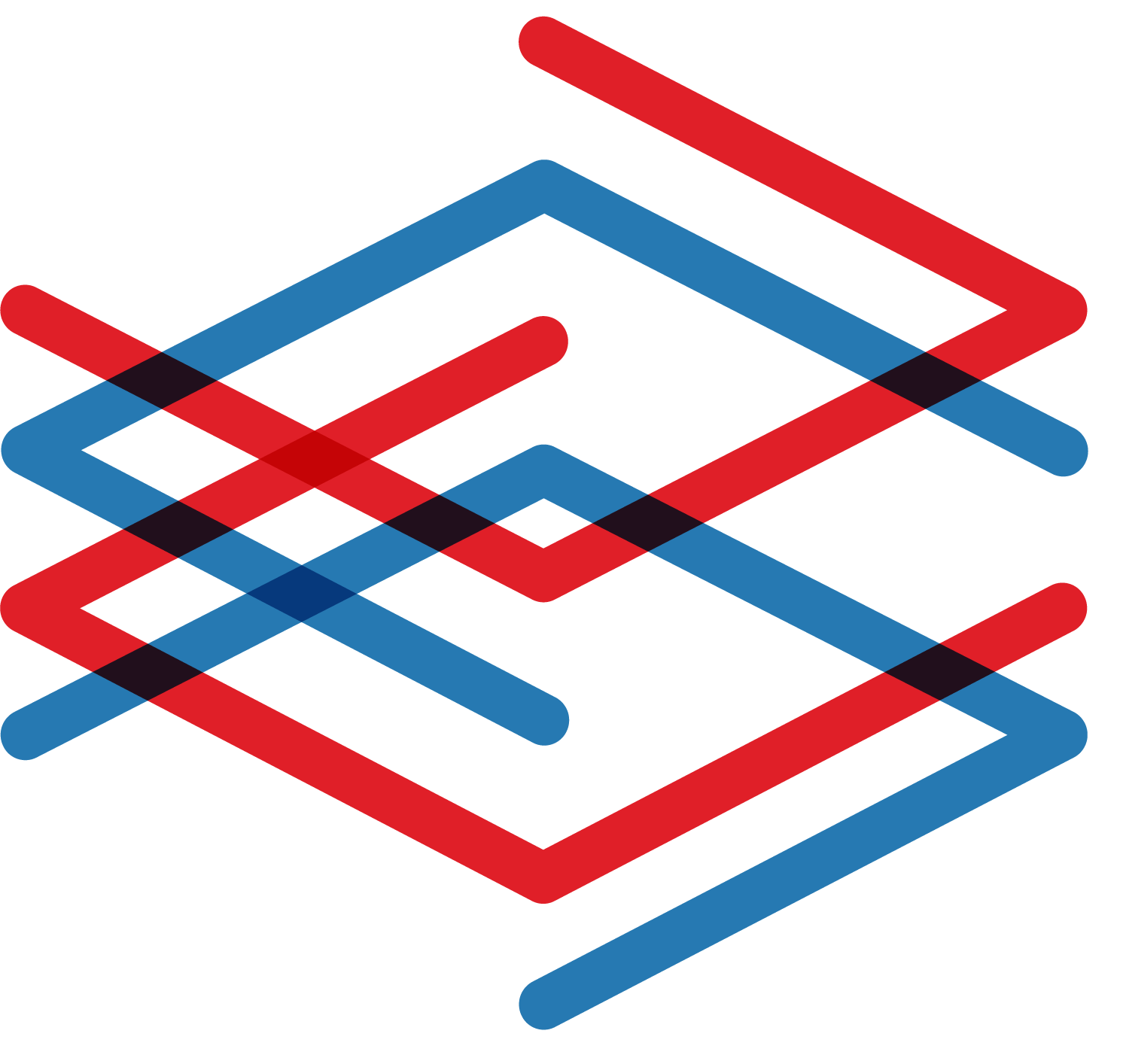Malizen in action > Use case > SIEM optimization
- Mathilde Queffurus
- Mar 9, 2023
- 4 min read
Updated: Aug 22, 2023
SIEMs. They are among the important and central tools of cybersecurity teams. Like all tools, and despite their proven performance and usefulness in protecting organizations against cyber threats, they have limitations. In order to cope with the growing complexity and frequency of modern security threats, organizations are taking steps to improve their current SIEM technology to bolster security measures and decrease operational costs.
But what does Malizen have to do with SIEM optimisation? We will explain it all to you!
SIEM or Security Information and Event management Systems
As a reminder, a Security Information and Event Management System (SIEM) is a software solution that allows for real-time monitoring, correlation and analysis of various events generated by network devices, servers, applications etc. The SIEM collects data from different sources such as log files, network traffic etc. It then applies rules and algorithms to the data to detect anomalies and alert on potential security incidents. In general, SIEMs have several components: a data collection engine, a correlation engine, a storage system and a reporting and alerting module.
SIEMs have become an important tool in organisations’ cybersecurity strategy. Many organizations still have misperceptions about SIEM solutions and assume that SIEMs are protecting their IT environments effectively. Unfortunately, this is not always true. SIEM solutions do have some limitations that must be addressed to help secure organizations.

SIEM limitations
One of the downfall of SIEMs are high volumes of false positive alerts. Indeed, fine-tuning the system to ensure that it collects, correlates and analyses the most relevant and actionable data remains complex. It involves the right configuration of the systems. Non-optimised SIEM can bring up many false-positive alerts that security analysts must then investigate. Security ‘alert fatigue’ is a real issue. It has been identified as one of the top barriers to retaining highly skilled security professionals. And it’s not the only issue. The prevalence of false positives can result in real threats being disregarded or overlooked due to limited time and resources. SIEM optimisation means then better alerts qualification to identify the most critical ones and therefore to prioritise them.
SIEM tools primarily function as aggregators of log data. They gather logs from various parts of the infrastructure and generate alerts that often lack context, requiring security teams to sift through and prioritize them. This task is further complicated by the fact that logging is typically incomplete, with many organizations failing to enable logging for every component of their infrastructure. Adding new data feeds to SIEM products and monitoring existing ones can also pose a challenge. Consequently, the alerts generated by most SIEM tools are based on a limited snapshot of data, making it challenging to differentiate between real and false alerts. This results in security teams having to sift through thousands of possible security incidents, leading to the likelihood of these incidents being overlooked or ignored.
One last significant drawback of implementing SIEM is the substantial investment required. This includes not only the cost of purchasing SIEM solutions, but also the expense of training or hiring security experts to handle SIEM data analysis and operations. This puts SIEM optimization at the heart of the operational and economic issues of cyber teams. How to get the most out of a large investment like a SIEM?
On the bright side, SIEM limitations are not impossible to overcome. There it comes the input of Malizen.
Malizen for SIEM optimisation. How?
The all idea is to get more out of the data that organisation already have for faster detection and response.
Malizen connects and correlates logs from the SIEM to other data sources available to the organization in a single interface. By enabling in-context investigation of correlated data, we enable deeper and faster data mining without any context-switching for the analysts. Once data are correlated, they can be explored intuitively and rapidly by cyber analsyts through visual data investigation. An additional brick for efficient threat hunting and rapid detection of threats, while SIEMs often offer limited data visibility and exploration capabilities, primarily providing analysts with dashboarding solutions and a specific query language. We also added a machine-learning copilot to boost even more analysts in their data investigation.
All of this has only one main goal: to enable faster threat detection for equally fast action. In detail, enabling contextual and rapid data investigations should allow for better qualification of alerts. By better qualifying alerts, one can identify the most critical ones and address them in order of priority, reducing the workload of security teams and ensuring that the most significant threats are handled more quickly. Integrating threat hunting with SIEM optimization allows for utilizing the results to refine SIEM system configurations. For instance, if certain types of activity are consistently identified as potential threats, correlation rules can be adjusted to better detect these activities and reduce false positives. The loop is closed!
So yes, SIEMs are still and will remain for some time at the heart of overall cyber security strategies and Malizen allows to optimise it. By doing so, organisations can improve their ability to detect and respond to threats faster.
If you want to know more about how our tool can help you optimise your SIEM it's just here 👉 https://www.malizen.com/



